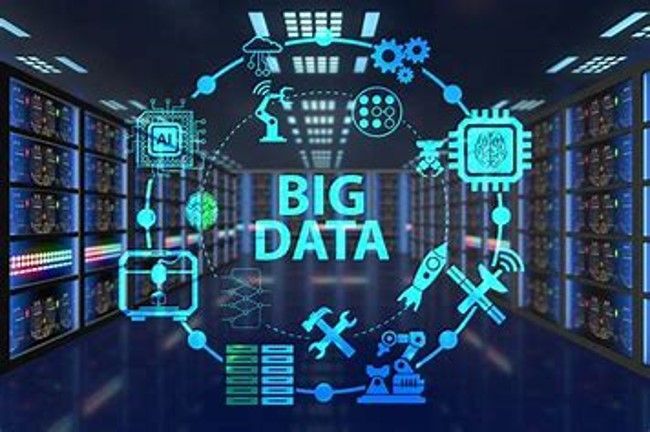
Harnessing the Power of Big Data

Unearthing Hidden Gems: Data Mining
Data mining can be seen as the art of extracting valuable knowledge or patterns from large datasets, often referred to as the “gold mine” of data. It involves the use of advanced algorithms and statistical techniques to uncover hidden relationships and patterns within the information.
Data mining encompasses a broad range of methodologies, including clustering, classification, regression, and association rule mining. These techniques aim to transform raw data into actionable insights, enabling businesses to make informed decisions and predictions.
1. Clustering:
One of the key techniques in data mining is clustering, which groups similar data points together based on their inherent characteristics. This approach helps identify patterns or groups within the data that may not be immediately apparent.
2. Classification:
Classification is another vital technique in data mining that involves organizing data into predefined categories or classes. This technique uses existing labeled data to train a model, which can then classify new, unlabeled data based on learned patterns. Classification is widely used in spam detection, sentiment analysis, and churn prediction, enabling organizations to automate decision-making processes and save valuable time.
Harnessing the Power of Big Data
While data mining focuses on extracting insights from datasets, big data refers to the immense volume of data that is constantly generated from various sources such as social media, IoT devices, sensors, and more.
Unlike traditional structured data, big data is unstructured or semi-structured, making it challenging to process using traditional data analysis methods.
1. Scalability and Storage:
The main advantage of big data is its ability to handle massive volumes of information. Unlike traditional databases that have limitations on storage, big data technologies provide scalable storage solutions that can handle petabytes or even exabytes of data. This scalability allows organizations to store and process vast amounts of data, providing a robust foundation for in-depth analysis and decision-making.
2. Real-time Analytics:
Big data brings the power of real-time analytics, enabling organizations to make informed decisions instantaneously. With the ability to process and analyze data in real-time, businesses can gain immediate insights and respond promptly to changing market conditions. This capability is particularly advantageous in industries such as finance, healthcare, and e-commerce, where time-sensitive decisions can have a significant impact.
Data Mining vs Big Data: A Synergistic Approach
Although data mining and big data have their distinct features and applications, they are not mutually exclusive. In fact, when combined, they can create a powerful synergy, enhancing the overall data analysis process. Data mining techniques can be applied to big data to uncover hidden patterns and insights that might otherwise go unnoticed. On the other hand, big data provides the necessary resources and scalability to process and store vast amounts of data required for effective data mining.
1. Predictive Analytics:
By leveraging big data infrastructure, data mining techniques can be employed to perform predictive analytics, enabling organizations to forecast future trends based on historical data patterns. This synergy can be particularly valuable in areas such as sales forecasting, risk management, and fraud detection, where accurate predictions can lead to significant cost savings and improved efficiency.
2. Personalized Recommendations:
The marriage of data mining and big data has revolutionized personalized recommendations in various industries, including e-commerce and entertainment. By analyzing massive amounts of data on customer preferences and behavior, businesses can make personalized recommendations to individual users, enhancing the customer experience and driving sales. This approach has become a critical competitive advantage in today’s data-driven landscape.
Conclusion
In the era of information overload, data mining and big data have emerged as powerful techniques for analyzing and extracting insights from vast amounts of data. While data mining focuses on uncovering hidden patterns, big data offers scalability and real-time analytics. However, when combined, these techniques create a synergistic approach that enhances predictive analytics and enables personalized recommendations.